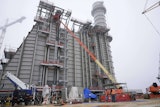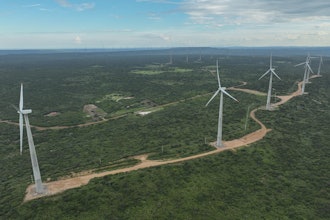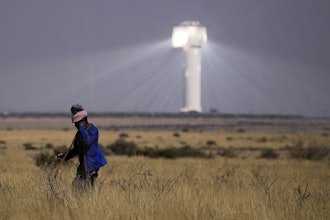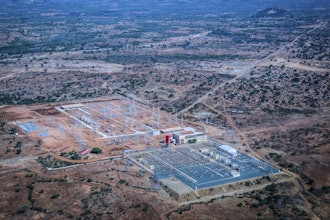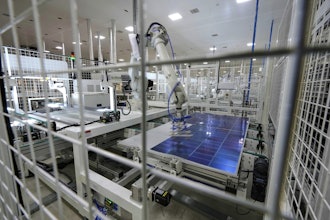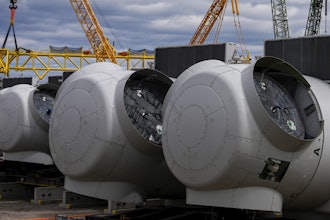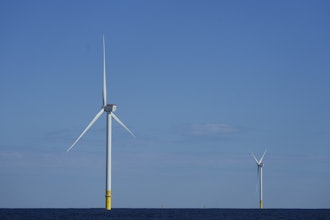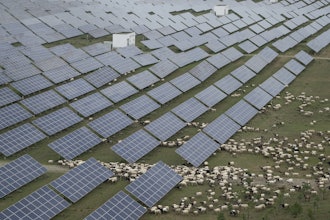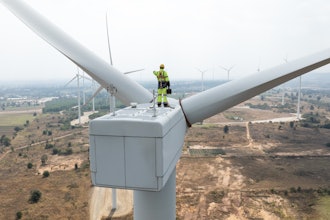As climate negotiators gather for the Bonn Climate Change Conference in Germany, the shadow of a potential U.S. pull-out of the Paris Agreement looms. Ratified by 144 parties — including the world's largest CO2 emitters (China and the U.S.) — its legitimacy is being threatened. President Trump is due to make a decision this month on whether or not to withdraw the U.S.'s signature.
Turning its back on the Paris Agreement would have a number of effects; both positive and negative. While a shift of focus back onto fossil fuels will undoubtedly provide jobs growth in the short-term, whether Trump believes in climate change or not, the future of energy is in renewables.
In addition to corporate investment, there is a large amount of money being directed by national governments into renewable energy research and development — each seeking an edge in the race to exert dominance. As our infographic shows, China is leading the way in terms of outright spend, with almost 2 billion dollars invested last year. By looking to the past instead of the future, the U.S. risks handing the advantage to China early on in the game. And it's a game which it will at some point be forced to play.
Figures from the Global Trends in Renewable Energy Investment 2017 report by Frankfurt School — UNEP Collaborating Centre for Climate & Sustainable Energy Finance.
This chart shows the countries/regions with the most governmental renewable energy R&D spending in 2016.
